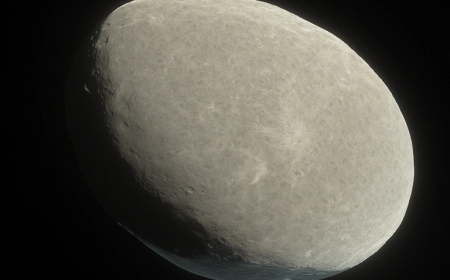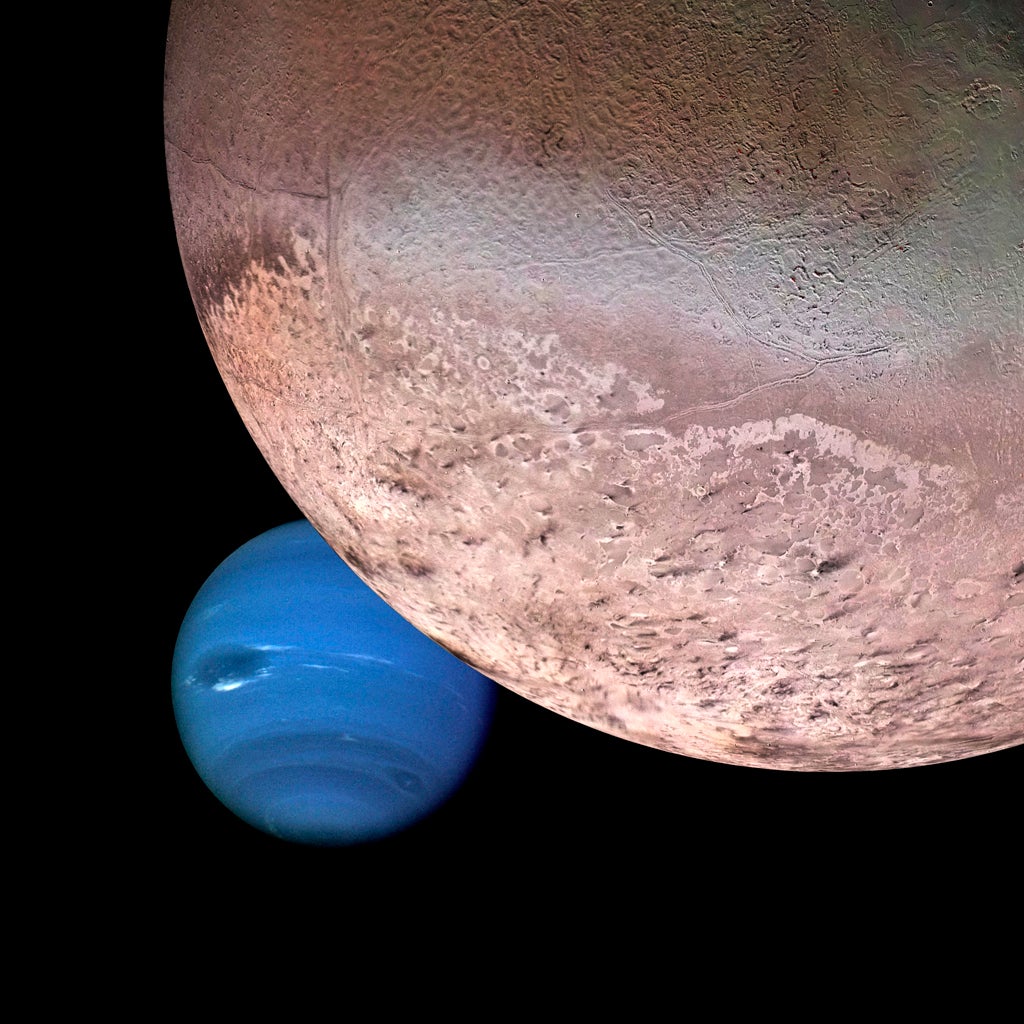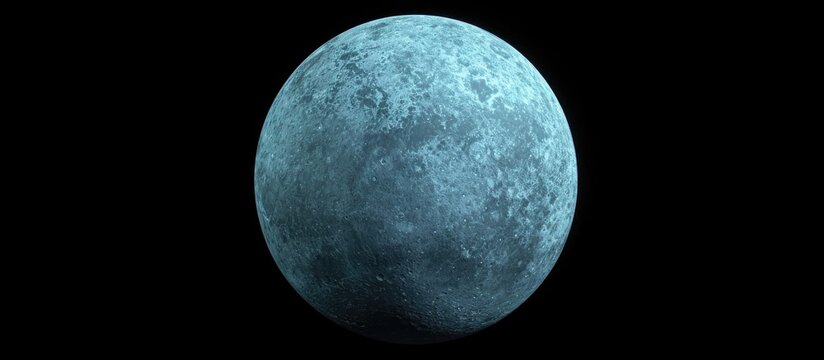Jupiter: The Giant That Defies Limits
Jupiter, the solar system's largest planet, is a gas giant with a Great Red Spot storm, numerous moons, and a strong magnetic field, making it an interesting subject of ongoing scientific exploration. Missions like Juno and upcoming explorations aim to uncover more of Jupiter's secrets and assess the potential for life on its moons.
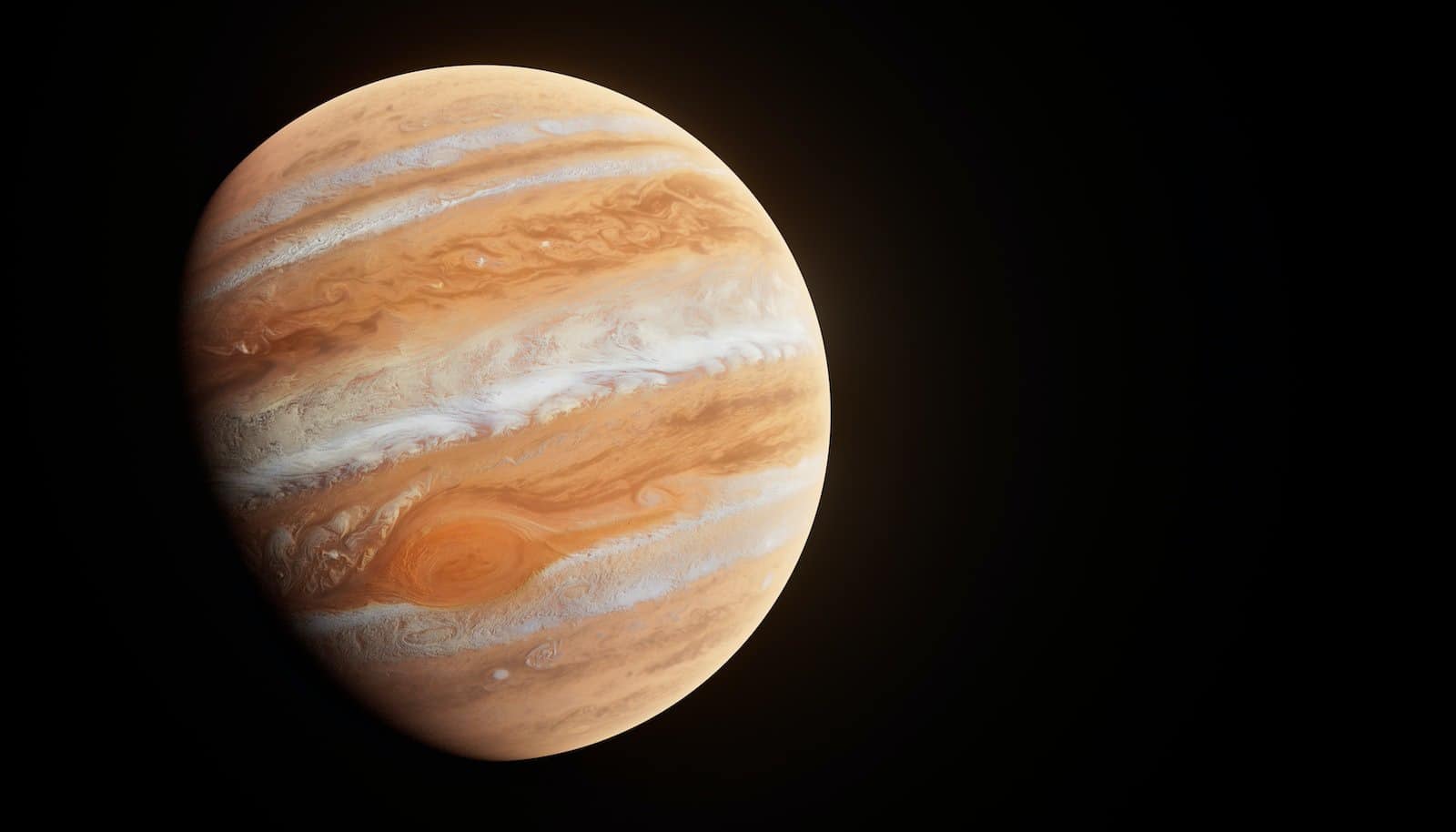
The King of the Solar System
Jupiter, the largest planet in our solar system, reigns supreme as a gas giant with an atmosphere so vast that it could fit all the other planets inside it. With a mass over 318 times that of Earth, Jupiter’s gravitational pull influences the entire solar system. Its sheer size makes it a celestial powerhouse, holding the key to understanding planetary formation and evolution.
The Mysterious Atmosphere
Jupiter’s atmosphere is an ever-changing world of chaos and beauty. Composed mostly of hydrogen and helium, with traces of ammonia, methane, and water vapor, its swirling clouds form mesmerizing bands of color. These layers, constantly shifting due to high-speed winds exceeding 400 mph, create massive storms that have lasted for centuries. Unlike Earth’s weather patterns, Jupiter’s storms don’t just dissipate; they evolve and intensify over time, creating a spectacle that fascinates astronomers.
The Great Red Spot: A Storm Beyond Imagination
One of Jupiter’s most iconic features is the Great Red Spot, a massive storm larger than Earth that has been raging for over 350 years. Scientists believe that this storm, which could fit two Earths within its boundaries, is slowly shrinking. However, despite its gradual decline, it remains one of the most intense and longest-lasting weather phenomena in the solar system. The swirling winds within the storm reach incredible speeds, making it a turbulent and powerful force of nature unlike anything seen on Earth.
A Magnetic Monster
Jupiter possesses the strongest magnetic field of any planet in the solar system. This colossal magnetosphere extends millions of miles into space, even reaching Saturn’s orbit. The intense radiation surrounding Jupiter, fueled by its magnetosphere, poses a significant challenge for spacecraft exploration. Any future missions aiming to explore Jupiter’s depths must navigate this deadly radiation belt, making scientific discoveries even more valuable and difficult.
The Moon Kingdom: Jupiter’s Many Worlds
Jupiter doesn’t just rule as a giant planet—it also governs a vast system of moons. With at least 95 confirmed moons, it has a miniature solar system of its own. Among these, the four Galilean moons—Io, Europa, Ganymede, and Callisto—stand out as worlds of their own. Io, the most volcanically active body in the solar system, constantly spews lava from its countless volcanoes. Europa, with its icy crust and hidden ocean, is considered one of the most promising places to search for extraterrestrial life. Ganymede, the largest moon in the solar system, is even bigger than Mercury. Callisto, a heavily cratered world, offers clues about the ancient past of our solar system. Each of these moons presents a unique world, brimming with mysteries waiting to be unraveled.
The Role in Planetary Defense
Jupiter acts as the solar system’s ultimate guardian. Due to its immense gravitational pull, it attracts or deflects comets and asteroids, preventing many of them from impacting Earth. This cosmic shield has played a crucial role in Earth’s history, possibly preventing catastrophic impacts that could have hindered the development of life. However, some scientists debate whether Jupiter always protects Earth or sometimes redirects dangerous objects toward the inner solar system. Regardless, its influence on space debris movement is undeniable.
A Failed Star?
Jupiter is often called a “failed star” because it shares many characteristics with the Sun. Composed primarily of hydrogen and helium, it has the same basic ingredients as a star but lacks the necessary mass to ignite nuclear fusion. If Jupiter were about 80 times more massive, it could have become a second sun in our solar system. This fact highlights how Jupiter sits on the boundary between planet and star, offering insights into stellar and planetary evolution.
The Deep Mystery: What Lies Beneath?
Despite extensive exploration, Jupiter’s interior remains a mystery. Scientists believe that beneath its thick atmosphere lies a vast ocean of metallic hydrogen, a strange, liquid-like form of hydrogen under immense pressure. Deeper still, a solid core may exist, but its composition is uncertain. The Juno spacecraft, currently studying Jupiter, aims to provide answers about its internal structure, helping us understand how gas giants form and evolve.
Rings in the Shadows
Though often overshadowed by Saturn’s iconic rings, Jupiter also has a ring system. Unlike Saturn’s bright and extensive rings, Jupiter’s are faint and composed mainly of dust particles. These rings are believed to originate from debris ejected by its moons due to meteorite impacts. While not as visually stunning as Saturn’s rings, Jupiter’s ring system adds another layer of intrigue to this already fascinating planet.
Future Missions and Exploration
NASA’s Juno mission is currently unraveling Jupiter’s secrets, but future missions promise even more discoveries. The upcoming Europa Clipper mission, set to launch in the 2030s, will study Europa’s subsurface ocean in search of life. Additionally, ESA’s JUICE (Jupiter Icy Moons Explorer) will explore Ganymede and other icy moons to understand their potential for habitability. With each new mission, Jupiter reveals more of its hidden wonders, bringing us closer to answering fundamental questions about the origins of our solar system.
Conclusion: A Cosmic Giant Full of Surprises
Jupiter is more than just the biggest planet in our solar system—it’s a force that shapes the cosmos. From its raging storms to its powerful magnetic field, from its countless moons to its mysterious interior, it challenges our understanding of planetary science. Whether acting as Earth’s protector, hiding secrets in its deep clouds, or harboring worlds that could support life, Jupiter remains one of the most fascinating and influential celestial bodies. As space exploration advances, who knows what new wonders we’ll uncover about this gas giant? One thing is certain—Jupiter will never cease to amaze us.
Queen Venus, are you there?
What's Your Reaction?







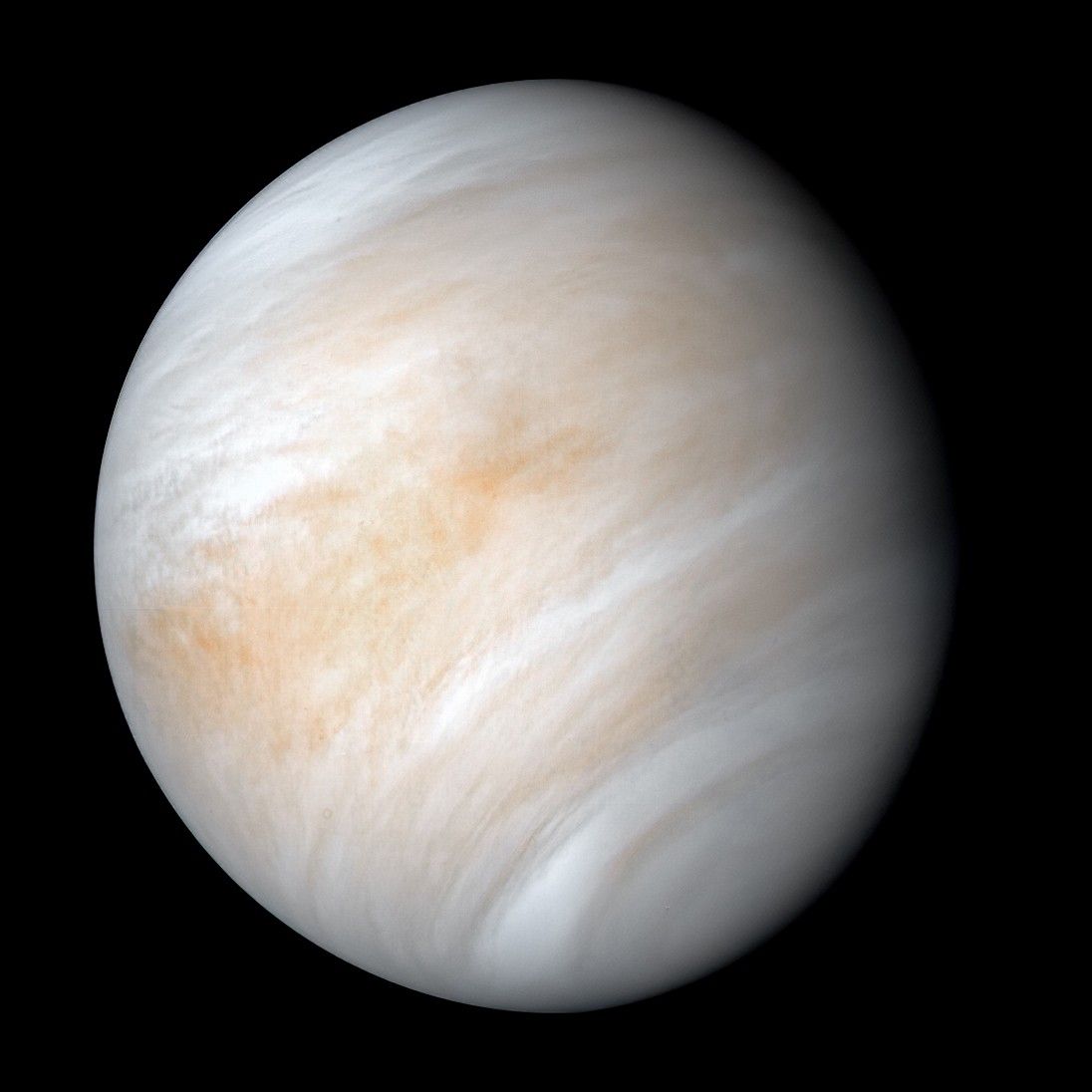

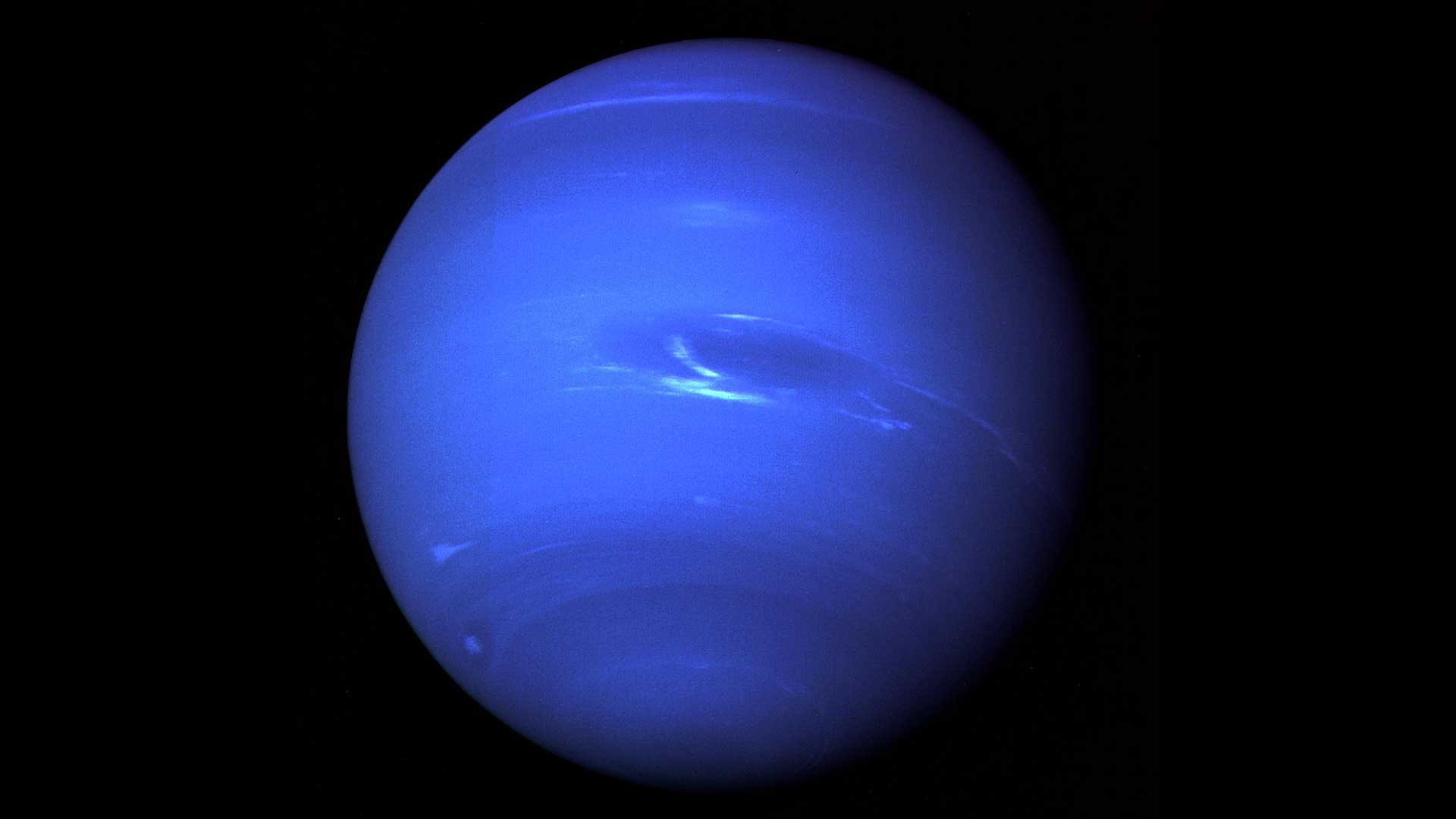

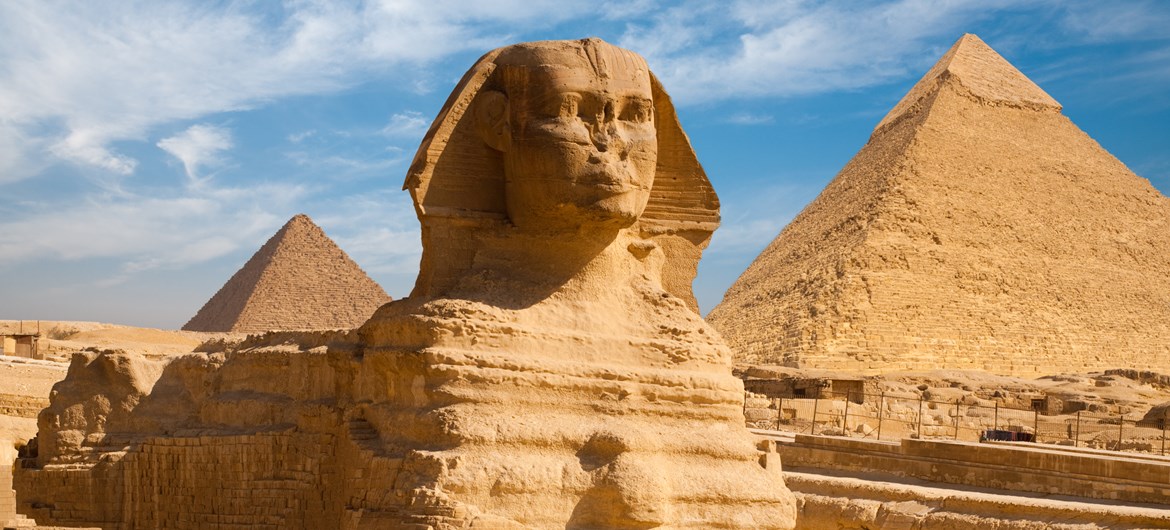
/https://tf-cmsv2-smithsonianmag-media.s3.amazonaws.com/filer_public/54/66/546650fa-26a4-40fd-8d6d-5a7a04540f81/rosetta2.png)
:max_bytes(150000):strip_icc():focal(999x0:1001x2)/robert-prevost-050825-1-39395418ab494da5a3a700c9478e66c8.jpg)


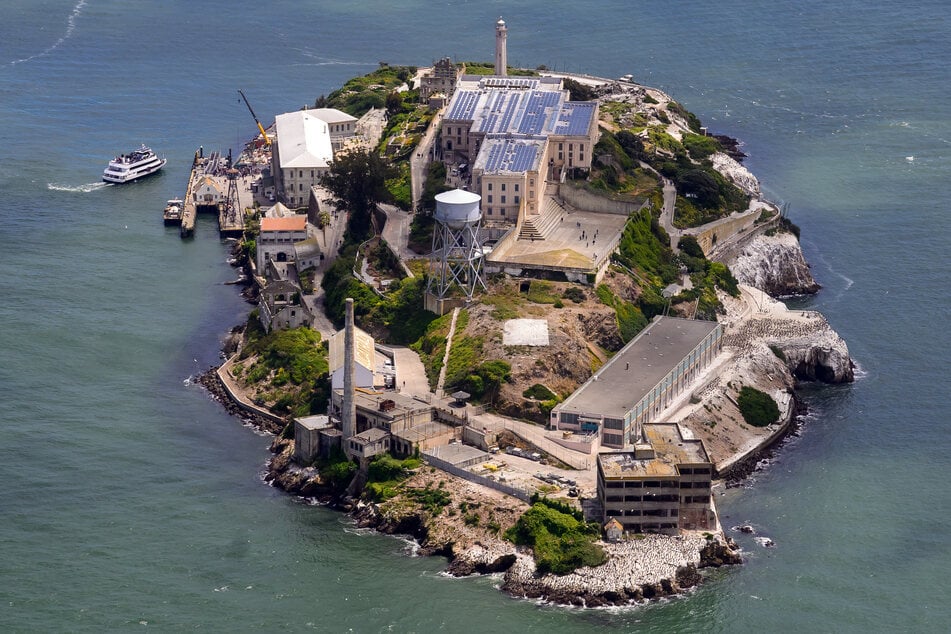























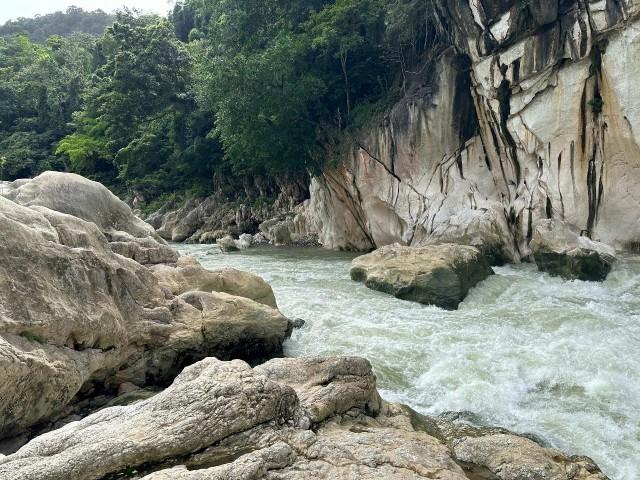




















format(webp))
format(webp))















